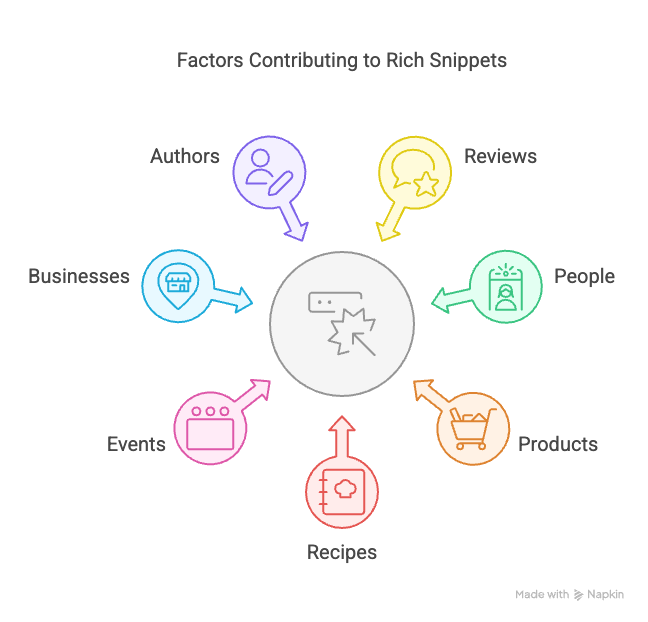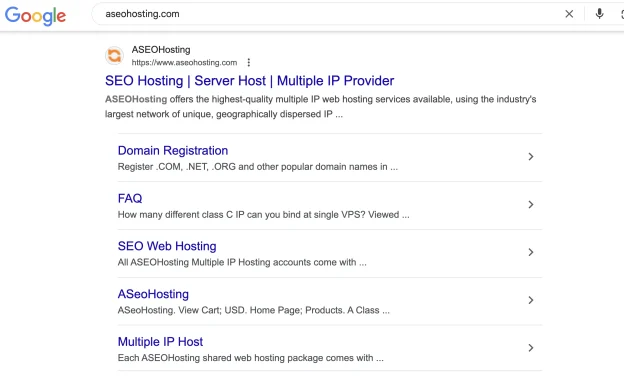Historically, the meaning of web content has been largely unfathomable to search engines, which indexed fairly clumsy indicators of content like keywords to get a sense of what a web page is about.
Semantic markup, however, allows search engines to have some understanding of what certain parts of a page’s content refers to and include that information in the text that they display below the links on SERPS (known as snippets).
Semantic markup helps Google understand page details. For example, it can identify price and customer reviews. Consequently, Google can display this information in search results. This is visible in the image.
Currently, however, few pages use semantic markup for rich snippets. As a result, those that do really stand out. There is evidence that those search results that do include rich snippets have significantly higher click-through rates.
Among the information that Google can use for forming rich snippets are:
- Reviews
- People
- Products
- Recipes
- Events
- Businesses
- and Authors

As an example
Suppose you run a website selling widgets. For each type of widget, your site has a product page that has a comprehensive description with price, features, reviews, branding details, availability, and current offers (more details). Adding semantic markup to that page will let Google know where these bits of information are and show them in the search result snippet.
Semantic markup depends on a vocabulary that indicates the particular properties of an item. There are a number of such markup specifications that Google and others search engines understand, including RDFa and microformats, but Google, Microsoft and Yahoo! are working together on Schema.org, which uses the HTML5 microdata specification. While the other types of markup will be understood, to ensure the best continuing support, we’d advise that you stick to the Schema.org microdata.
Semantic markup and rich snippets empower businesses. They gain control over how their search results appear.
Although Google states that semantic markup doesn’t directly influence ranking, its inclusion boosts customer engagement and traffic. Therefore, it’s a valuable addition to your site.
For more information check out this great infographic
Visual Guide to Rich Snippets on SEOmoz created by BlueGlass Interactive.
Let us know in the comments below or on twitter what you guys think of rich snippets and how they have affected traffic to your sites.




